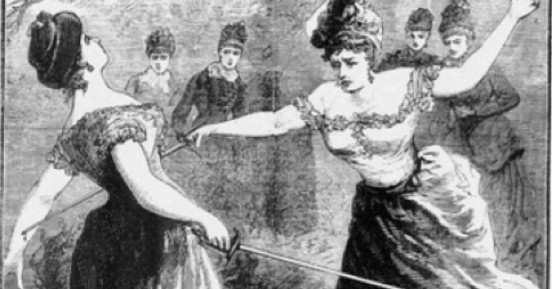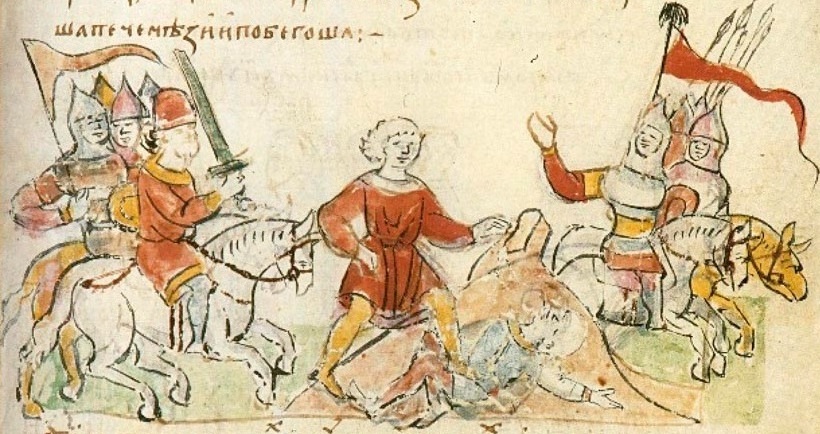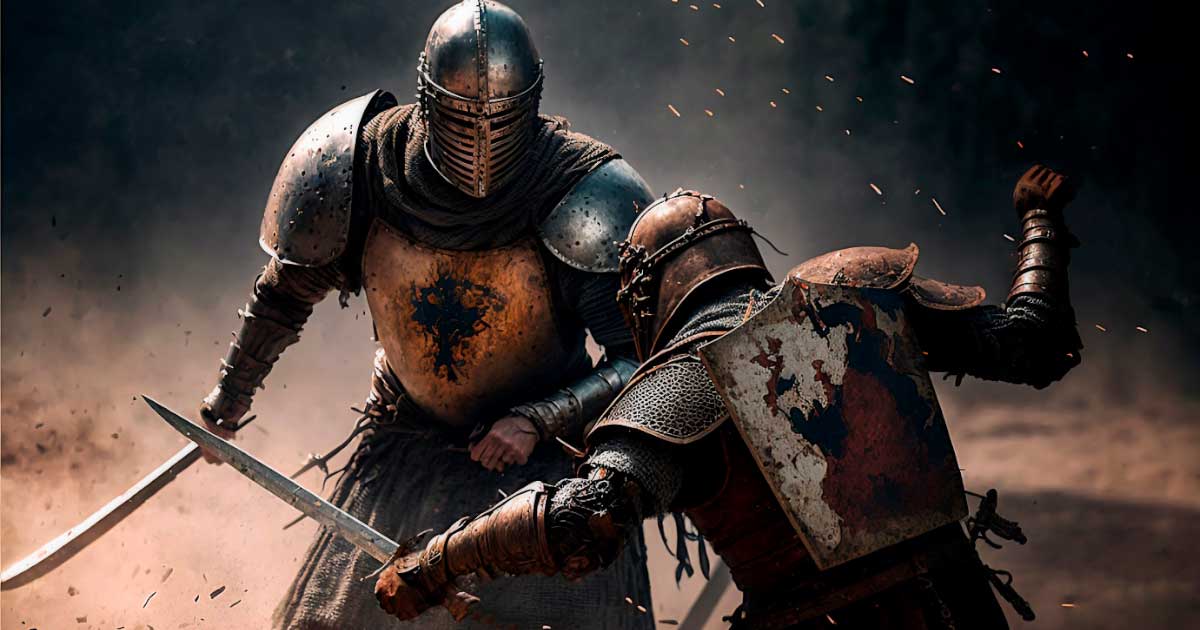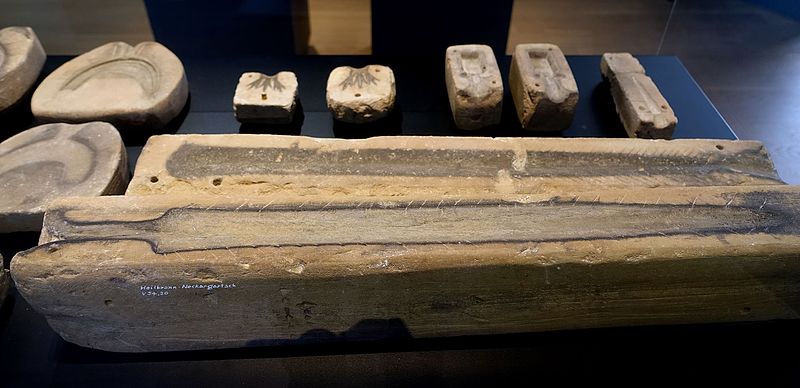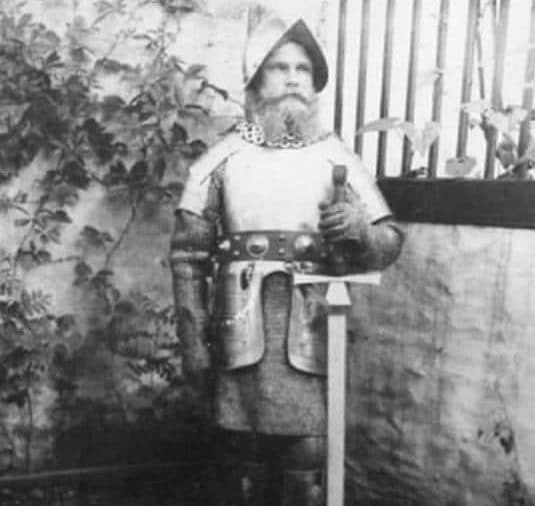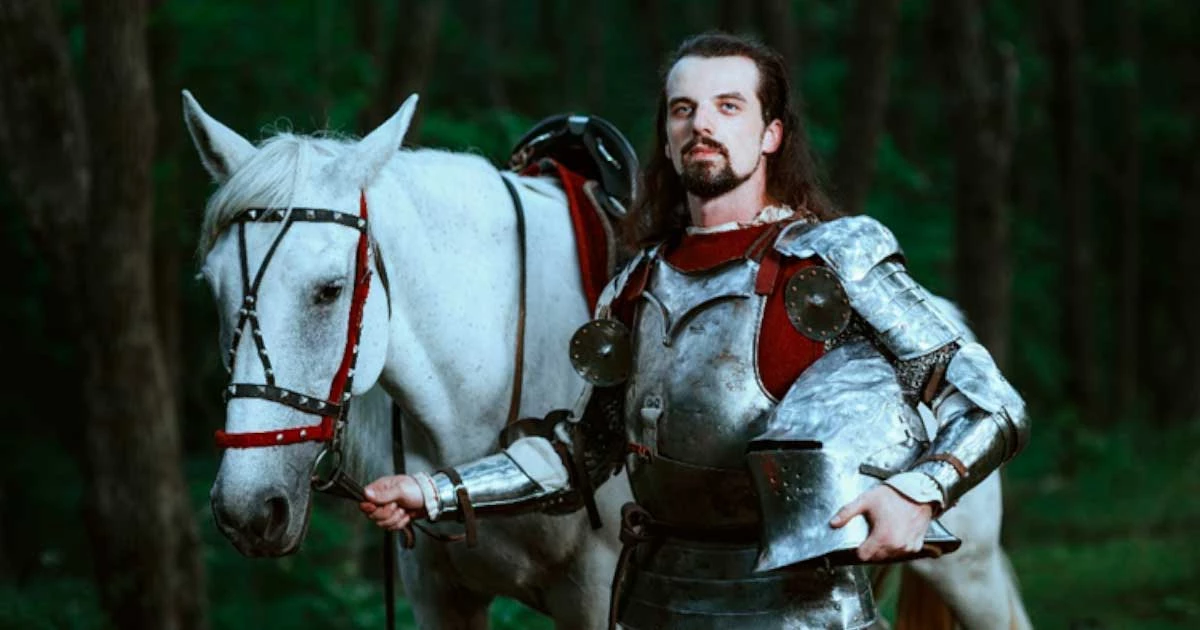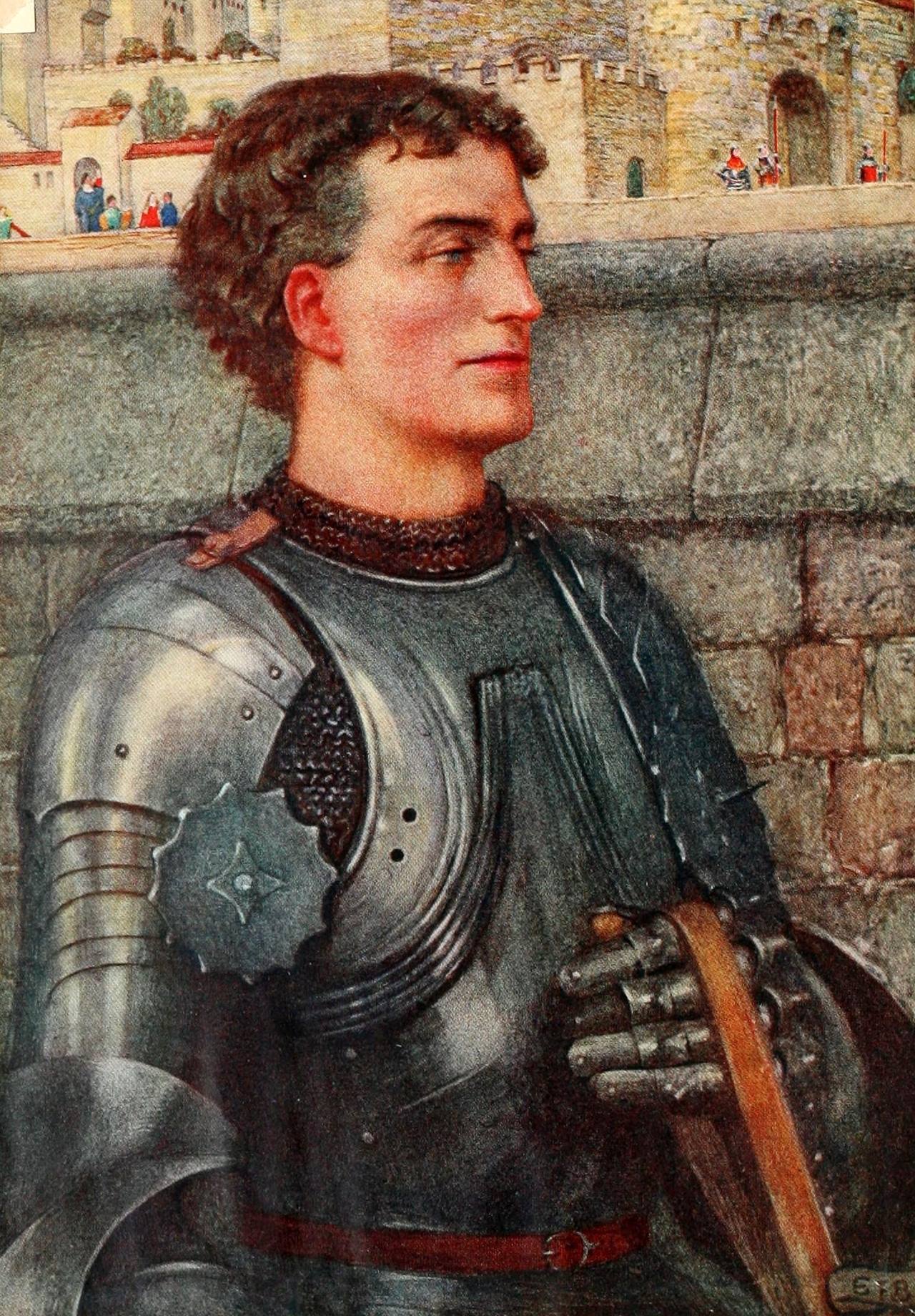5fish
Well-Known Member
- Joined
- Jul 28, 2019
- Messages
- 10,757
- Reaction score
- 4,577
A Christian and a Muslim warrior engage in single combat. Fragment of a floor mosaic from the destroyed church of Santa Maria Maggiore of Vercelli (Lombardy), erected in 1148.
LINK: https://www.researchgate.net/figure...ragment-of-a-floor-mosaic-from_fig6_233376955

LINK: https://www.researchgate.net/figure...ragment-of-a-floor-mosaic-from_fig6_233376955

Last edited:

